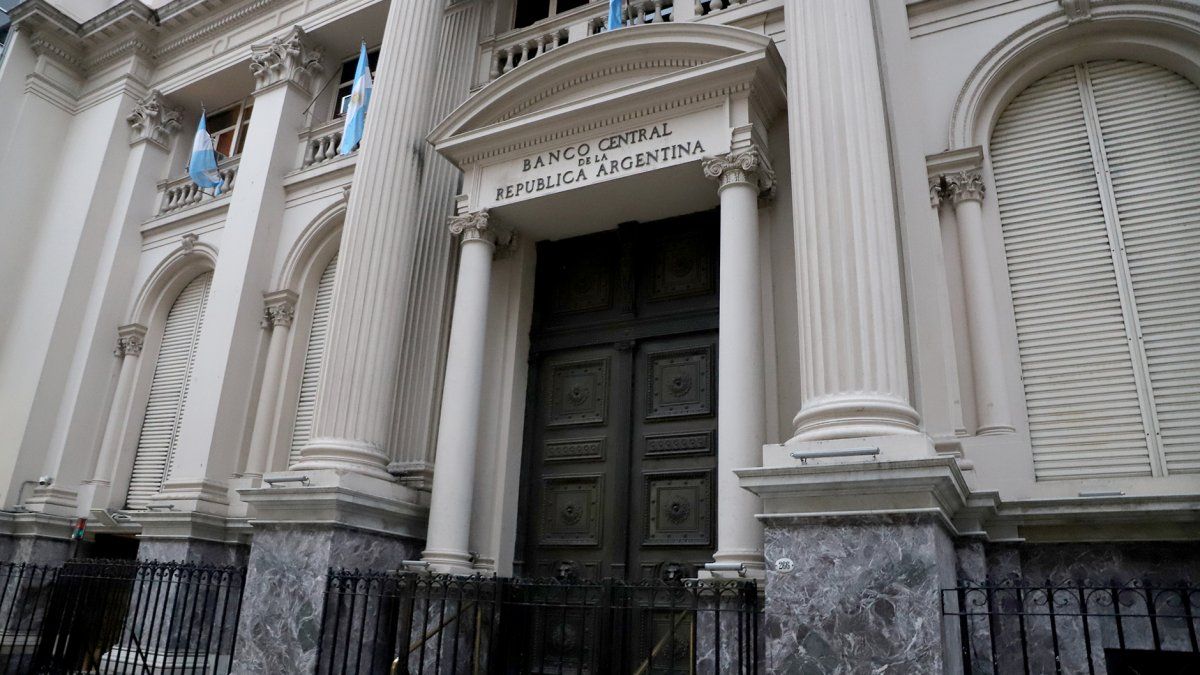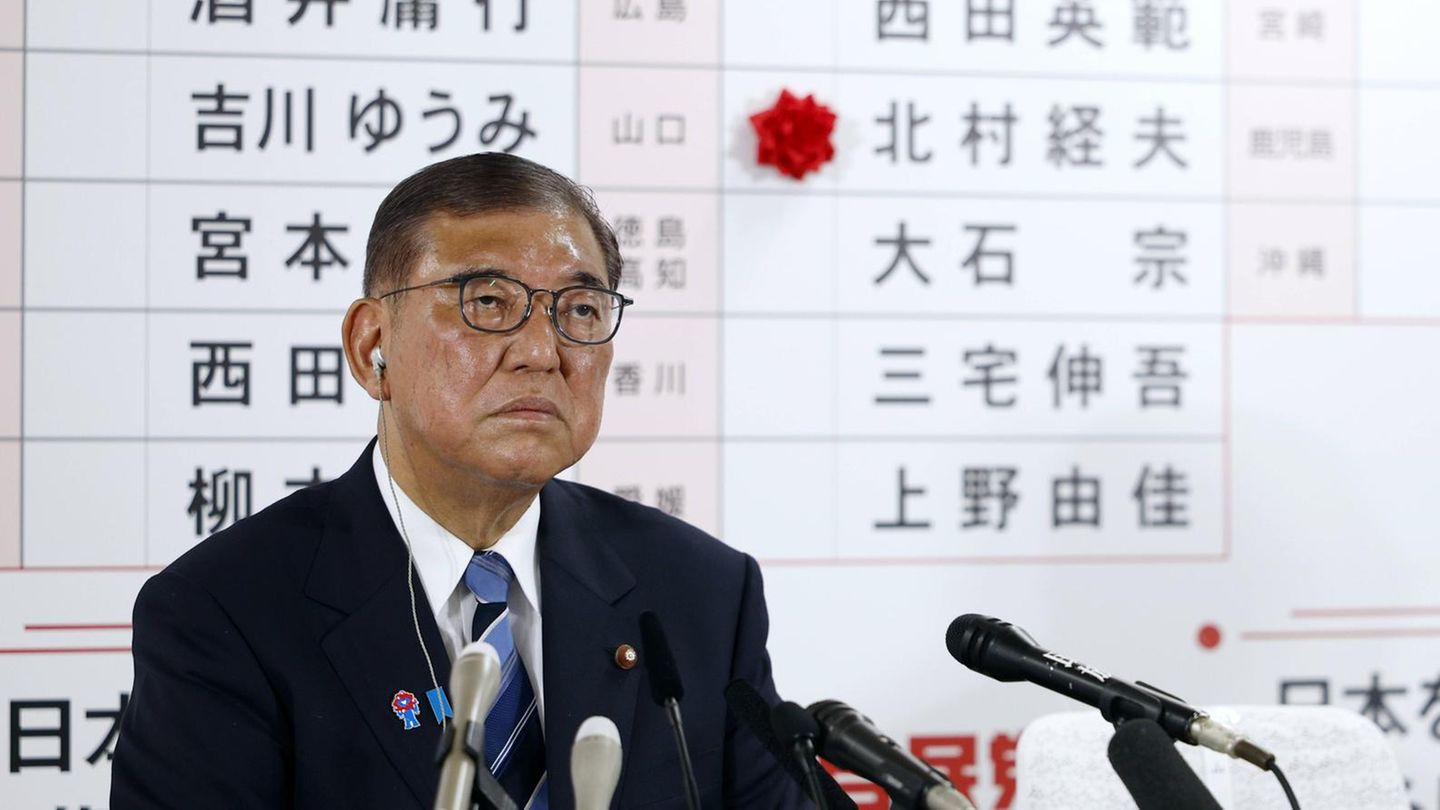The decision responds to the fact that this amount it was outdated and it had not been touched for three years: since 2029, when it was set at $1.5 million, therefore, taking into account the evolution of Argentine economic variables and, above all, inflation, this adjustment was more than necessary.
The reasons for the BCRA measure
“It was outdated since the validity of the amount corresponded to May 2020 for an amount that, due to inflation, was very low,” he told Ambit the economist Federico Glustein. And he explains that the administration of the funds, as the amount of the deposit became old, made it less maneuverable to guarantee the guarantee insurance.
In this sense, it should be noted that the measure is also given in a framework in which the BCRA It maintains a policy of positive rates in order to pull deposits towards instruments in pesos, such as the traditional fixed term, which is giving it good results. In fact, according to the latest data, since August, deposits to fixed term from the private sector registered a growth of 44.6%, which implies a net increase in the stock of $2.15 trillion (specifically: $2,153,082 million) and, until December 2, it stood at $6.98 trillion, a 30% above the $4.89 trillion that existed as of July 28, when Silvina Batakis left the Ministry of Economy.
Thus, in the words of the Central, “this update is carried out taking into account the evolution observed both in deposits and in the guarantee fund managed by Seguro de Depósitos SA (SEDESA)”.
Source: Ambito
I am a 24-year-old writer and journalist who has been working in the news industry for the past two years. I write primarily about market news, so if you’re looking for insights into what’s going on in the stock market or economic indicators, you’ve come to the right place. I also dabble in writing articles on lifestyle trends and pop culture news.




